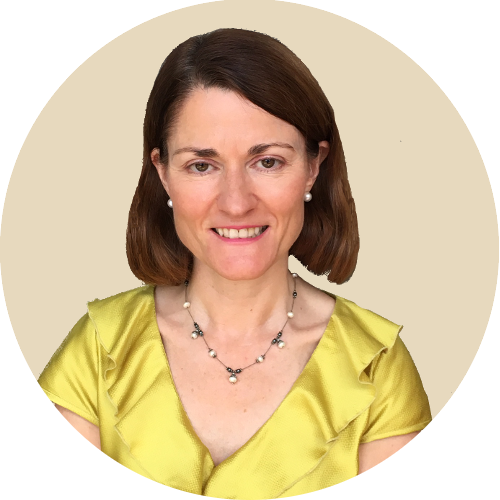Author: Charlotte Francis
How do we go about identifying major donors, cultivating and building relationships with them to the point where we can make the all-important ask? These were just some of the questions discussed on day one of Fundraising & Philanthropy’s highly informative and inspiring Big 4 Fundraising Conference in Melbourne this week.
Some of the key take-homes were:
– Major giving is a long-term investment so you need to plan up to 3-5 years in advance and take your donors on a journey
– Relationship-building and stewardship are key! Personalise and customise your communications with major givers. No two donors are alike.
– Align your program or campaign with your key strategic priorities
– Do your research and focus on the 5 Rs: Get the right person to ask the right prospect for the right project, at the right time for the right amount.
Frankie Airey, Director of Philanthropy Squared, gave some interesting insights into building a case for support as “a statement of strategic intent and rationale for raising funds.” She went on to say that it’s about exciting and involving donors by painting the organisation’s vision for the future. Conducting a feasibility study with face to face donor interviews is an important part of this process as it tests an organisation’s readiness to undertake a campaign and highlights external perceptions and attitudes.
Fundraisers also need to be aware of their organisation’s own internal culture and attitudes, a point raised by many of the speakers, and one we, at Strategic Grants, often talk about in terms of grant-seeking. Do you need to educate your board, your CEO and your executive team about the importance of relationship building, the time and resources needed and how best to thank and recognise a donor once you have secured a large gift?
“Don’t take a gift for granted,” advised Betty Amsden OAM, an inspiring philanthropist with a string of accolades to her name and a long history of giving to the arts. A highlight of the conference, Betty and a younger philanthropist James Ostroburski, were in conversation with F & P’s Jeremy Bradshaw.
Giving us her very own Major Gift 101, Betty’s advice is to:
– Do your homework – find the link to what the philanthropist is interested in
– Be passionate about your cause
– Treat each donor as an individual and touch their heart
– Be patient – it might take three years to get a large gift
– Don’t just ask, tell them you need help getting a program off the ground.
And in what has to be the quote of the conference, she said: “Donors are like mushrooms. They need care to grow.”
Chris Wilson of Koda Capital stepped us through the changing landscape of blurring boundaries between for profits and not-for-profits. More and more high net worth individuals are applying investment logic to their thinking. Whether it’s shared value investments, venture philanthropy or social enterprises, donors are engaging with philanthropy in a different way.
All funders, however diverse their interests, want to see outcomes. As fundraisers it’s our job to make sure donors know what difference their gift will make and what changes will occur in the community. That’s all part of making the ask.
Brian Holmes, Director of Xponential, took us through his version of the 5 Rs, advising us to leave a well-timed pause after asking a donor for money, however tempted we may be to talk into the space: “Don’t break the silence. It’s likely that they will say yes, and they will feel good about it.”
The day ended with an uplifting session by Kenneth Watkins, Director of Philanthropy at the Australian Ballet. Sharing some fabulous examples of good donor engagement, he reminded us that it’s not about the money, but about getting relationships happening in the right way.
{loadposition blogsocialshare}


